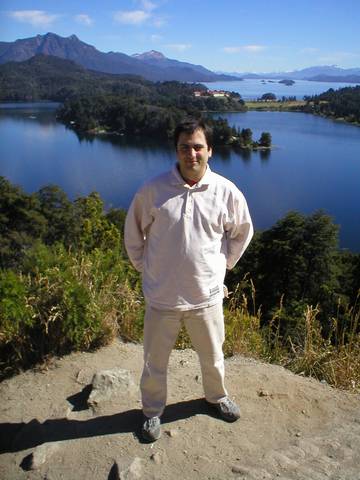Anuncio del libro "Python for Bioinformatics"
Aca está el anuncio de mi libro Python for Bioinformatics"Python for Bioinformatics"
ISBN 1584889292
Amazon: http://www.tinyurl.com/biopython
Publisher: http://www.crcpress.com/product/isbn/9781584889298
This book introduces programming concepts to life science researchers, bioinformaticians, support staff, students, and everyone who is interested in applying programming to solve biologically-related problems. Python is the chosen programming language for this task because it is both powerful and easy-to-use.
It begins with the basic aspects of the language (like data types and control structures) up to essential skills on today's bioinformatics tasks like building web applications, using relational database management systems, XML and version control. There is a chapter devoted to Biopython (www.biopython.org) since it can be used for most of the tasks related to bioinformatics data processing.
There is a section with applications with source code, featuring sequence manipulation, filtering vector contamination, calculating DNA melting temperature, parsing a genbank file, inferring splicing sites, and more.
There are questions at the end of every chapter and odd numbered questiona are answered in an appendix making this text suitable for classroom use.
This book can be used also as a reference material as it includes Richard Gruet's Python Quick Reference, and the Python Style Guide.
DVD: The included DVD features a virtual machine with a special edition of DNALinux, with all the programs and complementary files required to run the scripts commented in the book. All scripts can be tweaked to fit a particular configuration. By using a pre-configured virtual machine the reader has access to the same development environment than the author, so he can focus on learning Python. All code is also available at the http://py3.us/## where ## is the code number, for example: http://py3.us/57
I've been working on this book for more than two years testing the examples under different setups and working to make the code compatible for most versions of Python, Biopython and operating systems. Where there is code that only works with a particular dependency, this is clearly noted.
Finally, I want to highlight that non-bioinformaticians out there can use this book as an introduction to bioinformatics by starting with the included "Diving into the Gene Pool with BioPython" (by Zachary Voase and published originally in Python Magazine).
Etiquetas: python


0 Comentarios:
Publicar un comentario
Suscribirse a Comentarios de la entrada [Atom]
<< Página Principal